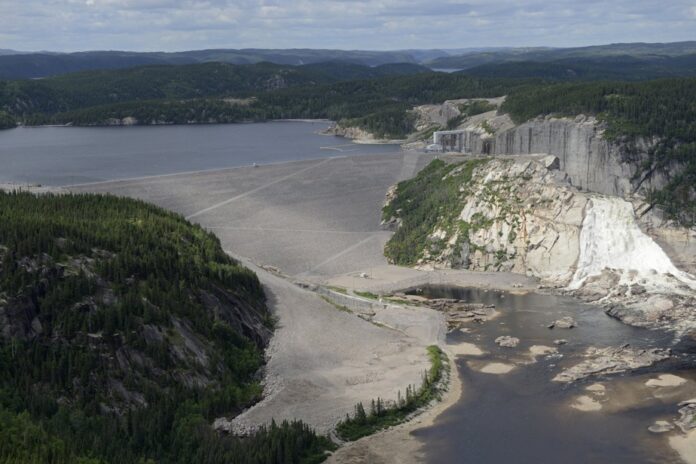The Caisse de dépôt is ready to join the expansion projects of Hydro-Québec, which wants to invest more than 100 billion to double its electricity production over the next 10 years.
“The CDPQ is always open to considering investment opportunities that support the energy transition while respecting its profitability criteria,” replied a spokesperson in response to questions from La Presse on Hydro-Québec projects.
The state-owned company wants to partner with institutional investors to finance the major investments planned in its plan to decarbonize the economy made public last week. Hydro-Québec will have to finance 12 to 16 billion in new expenses per year, or triple its current needs. A third of this money will come from its own funds and two thirds will have to be financed in one way or another.
The CEO of Hydro-Québec, Michael Sabia, assures that he is not at all worried about being able to finance these important investments, because the financial markets are well disposed towards the renewable energy sector. However, he indicated that the traditional way for Hydro-Québec to finance itself, bond issues, would be modernized. “This is not a criticism,” he clarified, “but there are other ways of doing things. »
It is Michael Sabia’s former colleague at the Caisse de dépôt Maxime Aucoin, now executive vice-president, Strategies and Finance, at Hydro-Québec, who is responsible for finding these financial partners and forging innovative alliances.
The Caisse de dépôt’s interest in energy infrastructure is already obvious. Just last week, it announced the acquisition of a 695-kilometer electricity transmission network in Brazil for C$108 million. Last year, the Caisse purchased a 1,100-kilometer electricity transmission network between Brazil, Peru and Uruguay.
Hydro-Québec wants to extend its electricity transmission network by 5,000 kilometers in Quebec and build new hydroelectricity production facilities. In total, its expansion plan provides for investments of 100 billion by 2035, to which must be added 50 billion in the upkeep and maintenance of the transmission and distribution network.
Hydro-Québec also wants to partner financially with indigenous communities to carry out its projects, rather than offering them compensation. “The time for compensation is over,” he said when announcing the projects. It’s an old mentality. »
Hydro-Québec says it is ready to facilitate the acquisition by Indigenous communities of financial interests in future wind farms, hydroelectric power stations and other infrastructure that will be built on their territories.
“These equity investments could be subject to financial support from Hydro-Québec or other private or government sources of financing. » The support offered by Hydro-Québec to communities who want to invest in the projects could take the form of “concessional financing,” indicates the plan. It was not possible to obtain further details on this subject from Hydro-Québec.
There is already a precedent for the new type of relationship that Hydro-Québec wants to establish with Indigenous communities. The Mohawk Council of Kahnawake will co-own with Hydro-Québec the Quebec portion of the transmission line that will connect Quebec to New York City, which will provide income to the community for a period of 40 years.
Despite the use of partners to partially finance future investments, Hydro-Québec will have to borrow massively to carry out its projects, in a context of high interest rates.
In 2022, the state-owned company issued around 5 billion debt securities, at a rate of around 4%.















